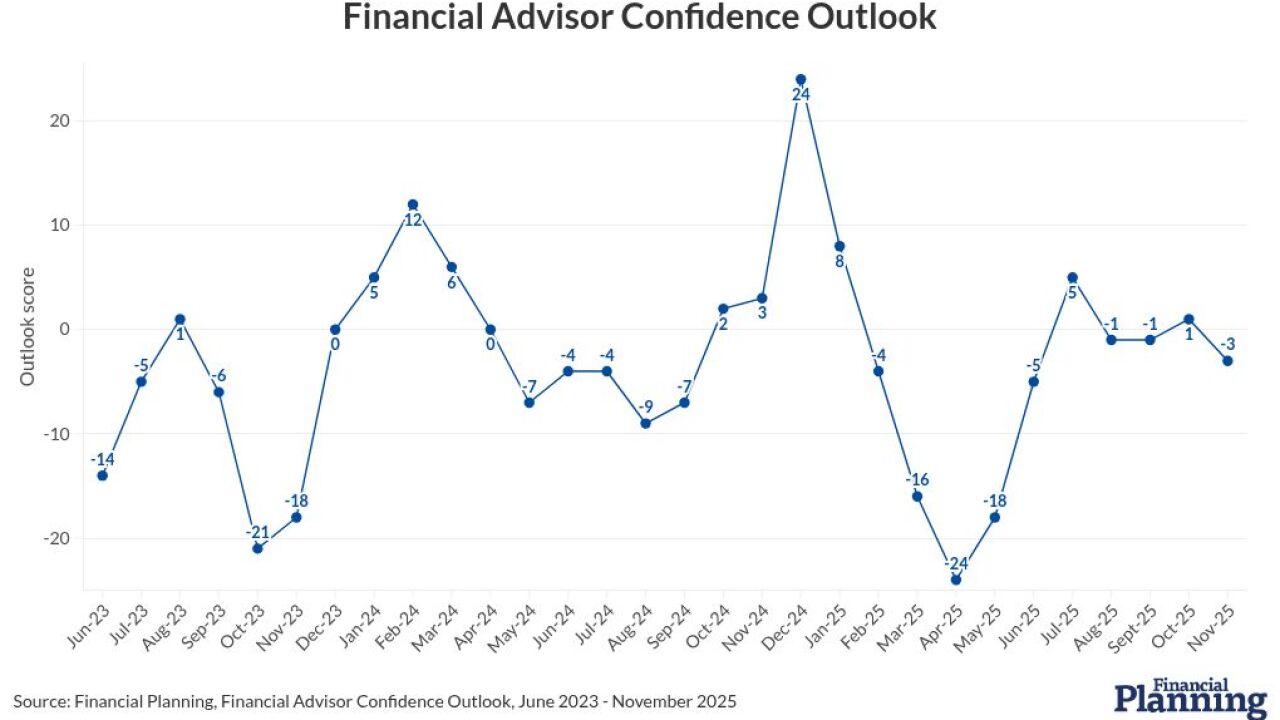The strongest growth in the investment management industry will not be in the United States but in Asia. That's according to two recent reports extolling the potential of Asian markets.
Fund assets in Asia could grow five-fold over the next five years, from $1.5 trillion to $8 trillion, according to Strategic Insight. This compares with the U.S. industry's $12 trillion in investments. In China, assets under management have increased 60% over the past three years, and over the next decade, they will increase at a rate of 24% a year, McKinsey predicts, making the mutual funds industry the fastest-growing segment of financial services in China.
Taken together, both reports reiterate a key message for fund management executives: the East is where the action will be. An overriding reason for this is the maturity of the market for asset management in the West, the exponential growth expected in Asian economies and the transition of millions of new investors in Asia from a deposit culture to an investment culture.
In China, 27 foreign asset managers have plunged into the financial services market in the last five years through joint ventures and minority stakes. But the hurdles remain high for companies that want to capture significant market share there. Among the challenges foreign fund companies face in China is establishing a high enough level of brand recognition to differentiate them from local competitors. Chinese companies still control about 60% of assets under management.
A second hurdle is to develop distribution channels that go beyond the marketing efforts in place at China's four largest (and state-owned) banks. One way to achieve this is to use the nation's other banks and insurance companies to attract more investors. "To attract partners, foreign companies should emphasize their established investment processes, better corporate governance models, experience in other emerging markets and proven product design capabilities," McKinsey suggests. "As the stock markets mature, these qualities will probably attract Chinese managers.
Beyond this, asset managers should consider building proprietary distribution channels that will take their outreach efforts beyond financial institutions.
Looking at the broader, pan-Asian picture, the Strategic Insight report called last year a turning point in the fund industry's attention to Asia, with nearly all players raising commitments to the region or exploring the possibilities of doing so. This attention is justified because Asian investors put around $250 billion on a net basis into long-term mutual funds last year. This sum is expected to increase to nearly $450 billion this year.
Despite regional differences among markets, Strategic Insight said two main themes for the region are a focus on equities and the internationalization of the most developed Asian markets such as Japan, Taiwan and Korea. Internationalization is just beginning in China, as evidenced by the recent Qualified Domestic Institutional Investor program fund liberalization to expand beyond fixed-income to include equities. This initiative allows the Chinese to participate in foreign investment vehicles through domestic firms.
There is a huge opportunity for U.S. firms to expand into Asia because no one company has a compelling market share in any of these countries, said Avi Nachmany, research director at Strategic Insight. He put market penetration even for the most successful international funds at single digits in most Asian countries.
One local economic characteristic that international mutual fund companies should take advantage of, according to Nachmany, is the need of local distributors to partner with the best global money managers so they can compete with other local distributors.
Mutual funds are an ideal vehicle for the emerging middle class in many Asian societies, he continued, because they allow small and larger investors to take advantage of financial opportunities because of their size and flexibility.
Regulations Easing Up
One mutual funds expert, Mark Headley, co-chief executive and chief investment officer at Matthews International Capital Management, which is an advisor to a group of funds that invest in Asia, suggested that even though the regulatory challenges are still high, they are improving. "While the history of partnerships in the region isn't encouraging, there is now a great deal of emphasis on finding greater expertise for domestic institutions across Asia," he said.
The way the Hong Kong exchange has launched Chinese companies on a world platform with relatively high levels of transparency and governance sets an example for other countries to follow, he said.
Another structural development that should enable foreign asset management companies to develop in the region, according to Burton Greenwald, president of B.J. Greenwald Associates, is that in some Asian countries, state-run pension plans are failing. As a result, there will be growth in defined contribution plans, an area in which the large U.S. and European funds have expertise.
Because the creation of infrastructure in these countries is capital intensive, it is highly unlikely that marginal players will become able to grow enough to capture a majority of local market share, giving a window of opportunity to U.S. and other foreign financial services companies, Greenwald said.
For fund management executives, the only sure path to lose the opportunities inherent in the region would be to ignore them. As Nachmany said, "Fund managers have to pay attention to this region because even if you don't go there, it will still impact your business."
(c) 2007 Money Management Executive and SourceMedia, Inc. All Rights Reserved.
http://www.mmexecutive.com http://www.sourcemedia.com





